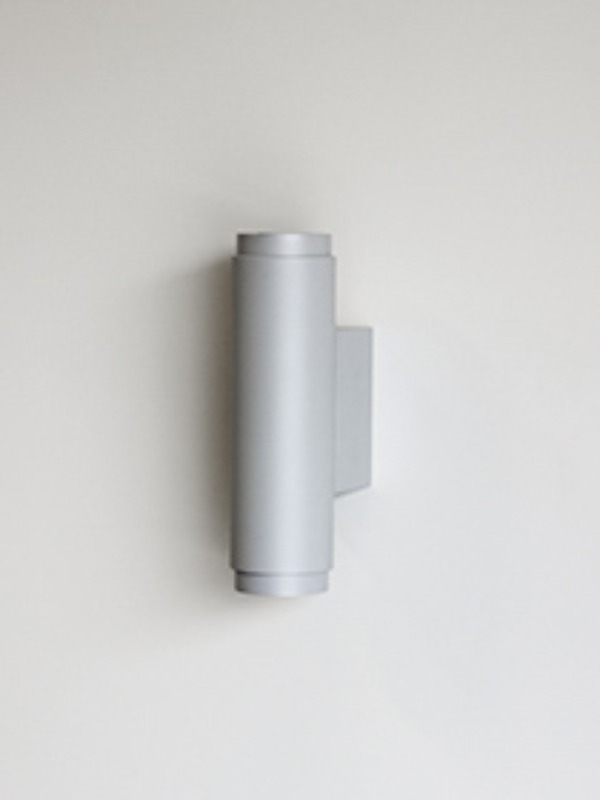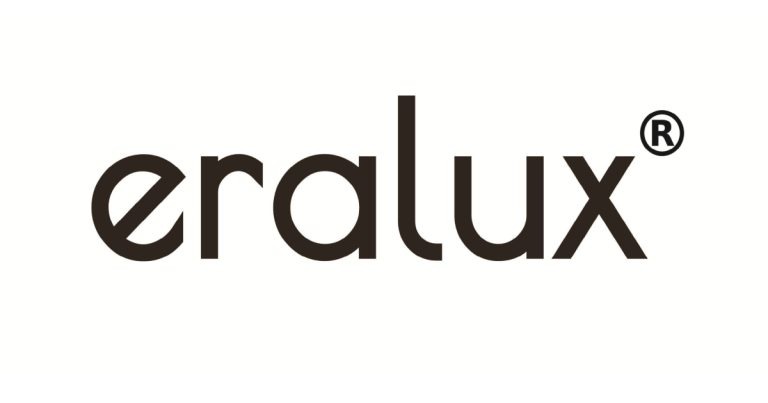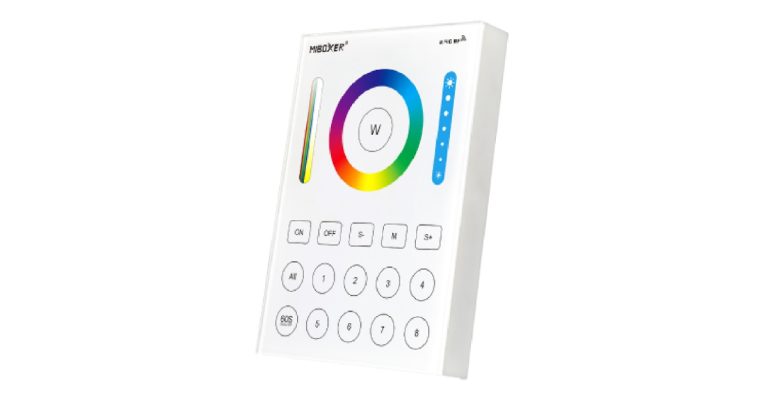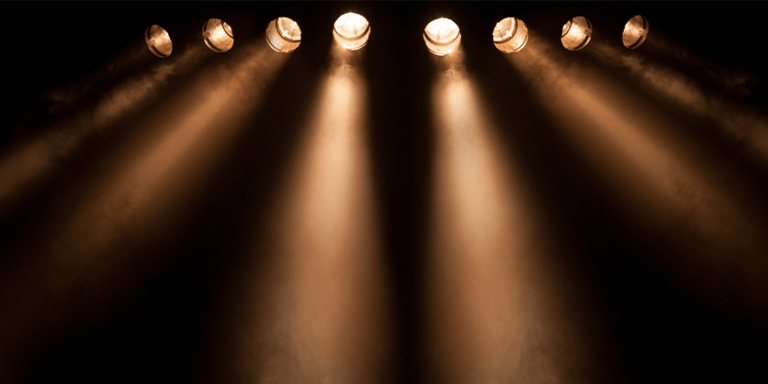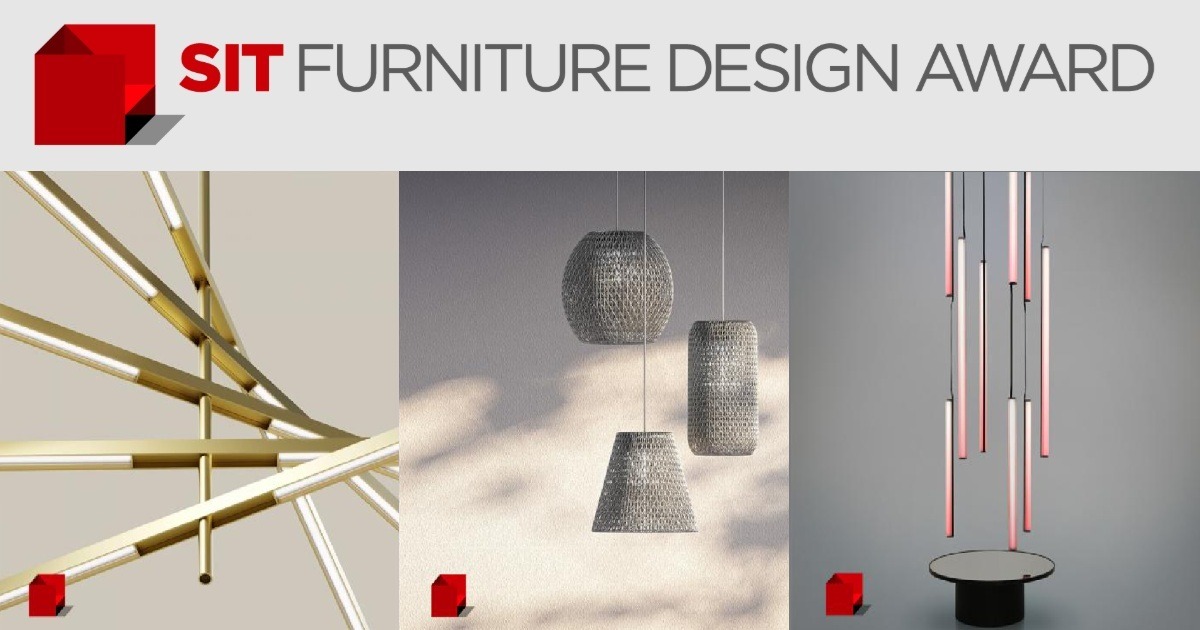Highly Efficient White Organic Light-Emitting Diodes with Ultrathin Emissive Layers and a Spacer-Free Structure
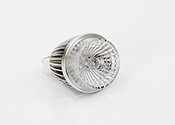
October 12, 2016
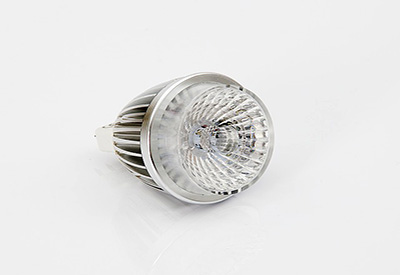 By Shengfan Wu, Sihua Li, Qi Sun, Chenchao Huang & Man-Keung Fung
By Shengfan Wu, Sihua Li, Qi Sun, Chenchao Huang & Man-Keung Fung
Appearing below is the introduction to an article recently published by the international Journal Nature.
Since C.W Tang demonstrated the first organic light-emitting diodes (OLEDs) based on a double-layer structure of organic materials in 1987, flat-panel displays and lighting applications based on OLED technology have grown dramatically because of their attractive features such as simple fabrication process, ultra-thin structure, light weight and flexibility. It was also found that phosphorescent emissive materials can harvest both singlet and triplet excitons and therefore an internal quantum efficiency of 100% can be obtained in OLEDs. In particular, white-emitting OLEDs are known to be an ideal light source without “blue” hazard, which not only function as a backlight for OLED display and an area light source for decorative and general lightings, but can also be applied as lighting in galleries, hospitals and museums because OLED has no ultraviolet emission.
Currently, one of the major challenges for OLED commercialization is its cost, in which organic materials constitute approximately 20% of the total cost in a panel. One way to reduce the manufacturing cost is to simplify the fabrication process. It is common that in order to achieve a desirable OLED performance, a host-dopant system is adopted. It is therefore crucial to select a host whose energy level aligns well with the dopants resulting in an efficient energy transfer. However, in reality there are few host materials which can match red and blue emitters at the same time. As a consequence, the device structure of OLED is rather complicated, typically consisting of 2 to 3 host-dopant systems. This not only leads to an increase in material cost and device processing time, but also makes it difficult to control dopant concentration accurately. As such, a number of studies have been reported with simplified device structures. Wang et al. fabricated high-efficiency and good colour-stability white OLEDs by using a single host. Sun et al reduced the number of organic layers by removing the interlayer between the fluorescent and phosphorescent materials in hybrid white OLEDs.
Recently, OLEDs with dopant-free and ultrathin emissive layers (UEMLs) have aroused much attention. Chen et al replaced conventional host-dopant systems with non-doped ultrathin bluish-green and red dyes to achieve high-efficiency white OLEDs. Tan et al adopted the UEML approach to fabricate white OLEDs with an efficiency of 23.4 cd/A and 17.0 lm/W. Zhao et al reported a dopant-free hybrid white OLEDs with ultrathin fluorescent blue and phosphorescent green and red emitters. The device has a current efficiency of 23.2 cd/A at a luminance of 1,000 cd/m2. The devices based on UEMLs have numerous merits compared with conventional host-guest systems. First, it is not necessary to consider energy level alignment between the hosts and dopants. Second, the dopant-free devices based on UEMLs should have a good colour reproducibility. Third, the UEML approach may be able to save at least 70% of material cost, assuming 10 vol. % of expensive phosphorescent emitters doped in 10 nm thick hosts are replaced with UEMLs with a thickness of only 0.3 nm. In most of their work, interlayers or spacers were placed in between the UEMLs, which were used passively to tune the colour balance and maximize the device efficiency. Nevertheless, the interlayers would introduce new interfaces which may cause a mismatch of energy level with neighbouring UEMLs. The additional layers will also enhance the complexity of the devices.
In this paper, we first discuss high-efficiency red, green and blue-emitting OLEDs based on phosphorescent UEMLs, the efficiencies of which are comparable or even better than those fabricated using conventional host-guest systems. Simple and high-efficiency white OLEDs were also fabricated using phosphorescent UEMLs consisting of red, green and blue emitters as well as orange and blue emitting materials, without any interlayer. The colour balance was actively tuned by the thickness of the UEMLs in a much simpler and more controllable way. Therefore, UEMLs with spacer-free structures have a great potential in achieving power-efficient white OLEDs.
Read the full document: http://www.nature.com/articles/srep25821.

